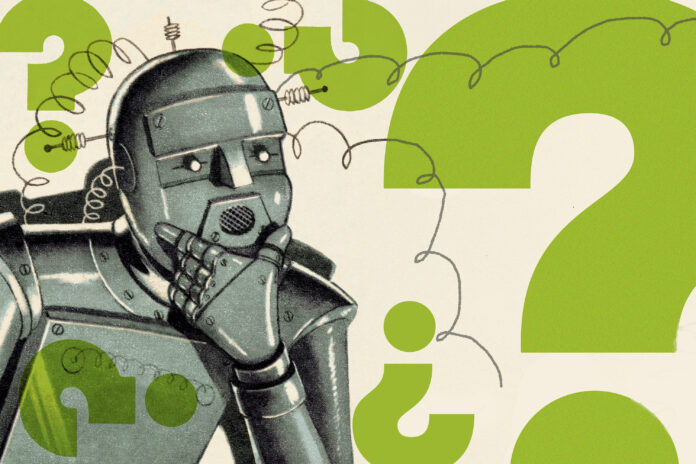Introduction to Robot Planning
Packing a suitcase for a summer vacation can be a challenging task, but for humans, it’s a straightforward problem that requires some visual and geometric reasoning skills. However, for robots, this task is extremely complex and requires thinking about many actions, constraints, and mechanical capabilities. Researchers from MIT and NVIDIA Research have developed a novel algorithm that speeds up the robot’s planning process, enabling it to "think ahead" by evaluating thousands of possible solutions in parallel.
The Complexity of Robot Planning
The algorithm is designed for task and motion planning (TAMP), which involves coming up with a task plan for a robot, including a high-level sequence of actions, and a motion plan, including low-level action parameters. The goal is to pack items in a box, which requires reasoning about many variables, such as the final orientation of packed objects, how to pick them up, and how to manipulate them using the robot’s arm and gripper. The robot must also avoid collisions and achieve user-specified constraints.
The cuTAMP Algorithm
The researchers’ algorithm, called cuTAMP, simulates and refines thousands of solutions in parallel by combining two techniques: sampling and optimization. Sampling involves choosing a solution to try, but instead of sampling randomly, cuTAMP limits the range of potential solutions to those most likely to satisfy the problem’s constraints. Once cuTAMP has generated a set of samples, it performs a parallelized optimization procedure that computes a cost, which corresponds to how well each sample avoids collisions and satisfies the motion constraints of the robot.
Harnessing Accelerated Computing
The researchers leverage graphics processing units (GPUs) to scale up the number of solutions they can sample and optimize simultaneously. GPUs are specialized processors that are far more powerful for parallel computation and workloads than general-purpose CPUs. This maximized the performance of their algorithm, allowing it to find successful, collision-free plans in just a few seconds.
Real-World Applications
The algorithm has been tested on Tetris-like packing challenges in simulation and on a real robotic arm. It took only a few seconds to find successful plans, and when deployed on a real robotic arm, the algorithm always found a solution in under 30 seconds. The system works across robots and has been tested on a robotic arm at MIT and a humanoid robot at NVIDIA. Since cuTAMP is not a machine-learning algorithm, it requires no training data, which could enable it to be readily deployed in many situations.
Future Developments
The researchers want to leverage large language models and vision language models within cuTAMP, enabling a robot to formulate and execute a plan that achieves specific objectives based on voice commands from a user. This could expand the robot’s capabilities automatically, allowing it to use tools and perform complex tasks.
Conclusion
The cuTAMP algorithm is a significant breakthrough in robot planning, enabling robots to think ahead and evaluate thousands of possible solutions in parallel. With its ability to harness accelerated computing and scale up the number of solutions it can sample and optimize simultaneously, cuTAMP has the potential to revolutionize the field of robotics and artificial intelligence. Its applications range from industrial settings to everyday life, and its ability to work across robots and require no training data makes it a highly versatile and promising technology.

